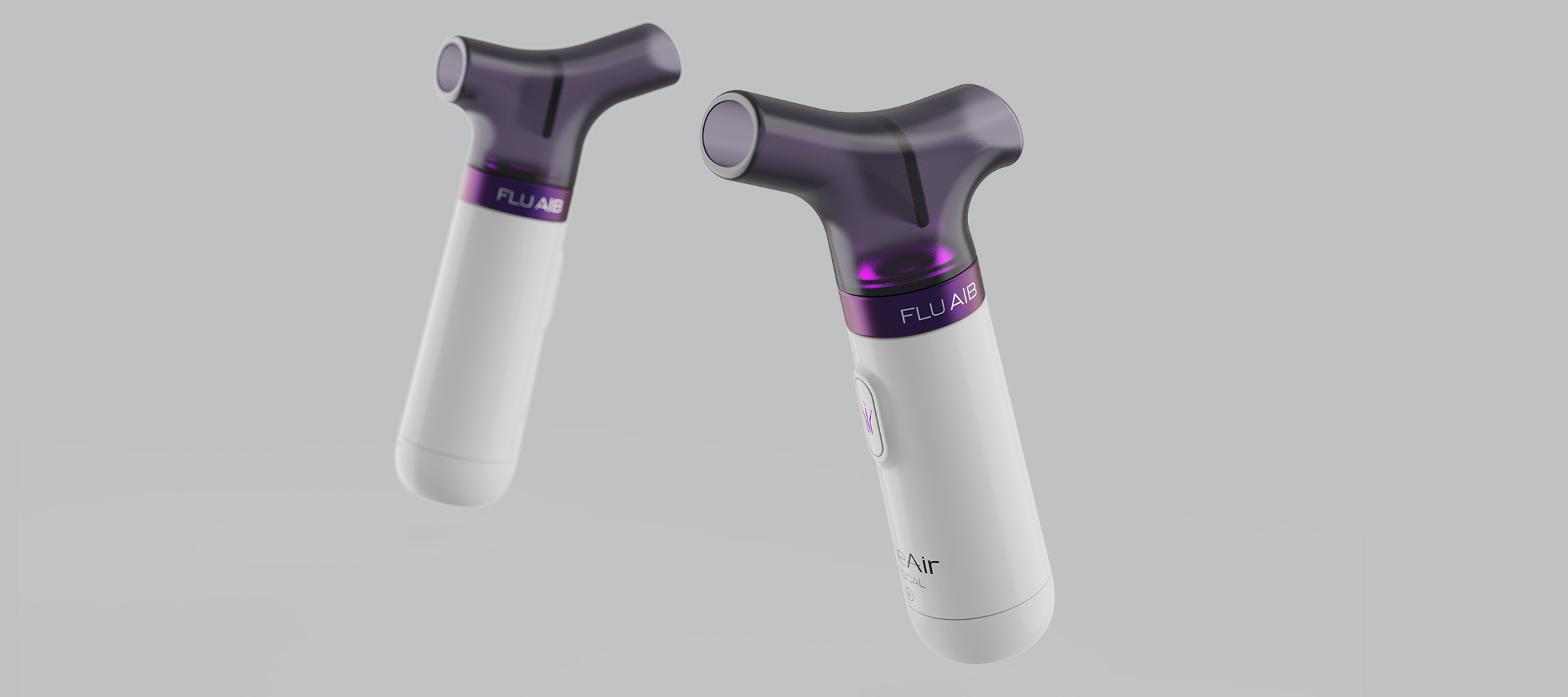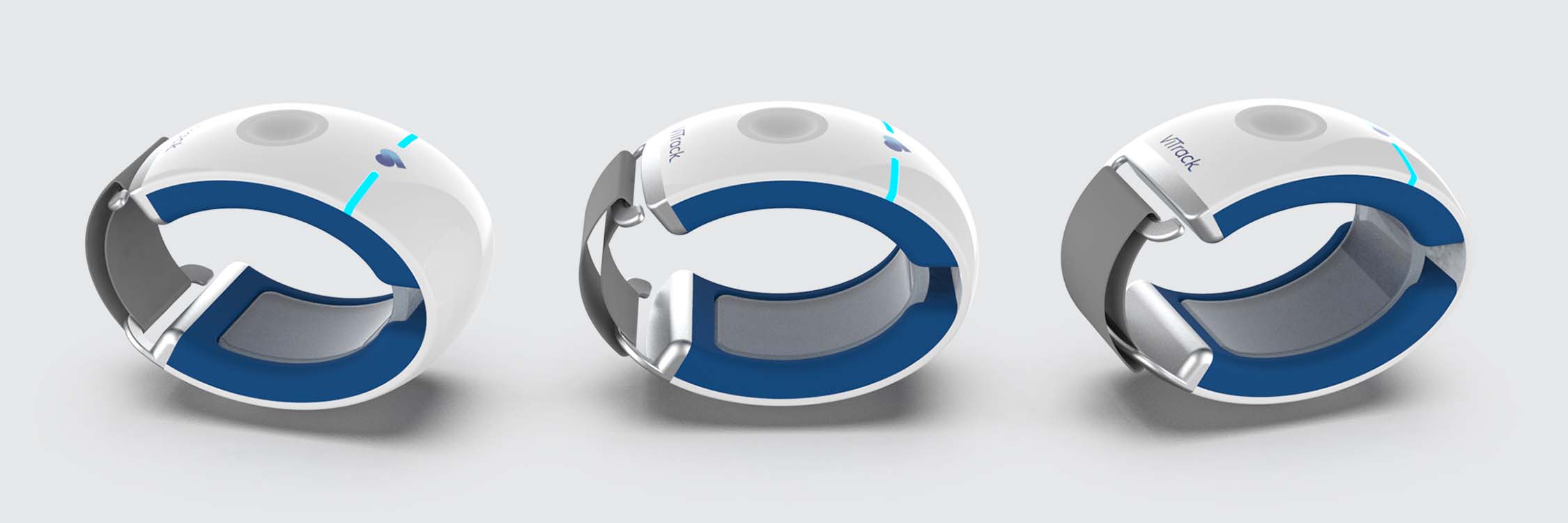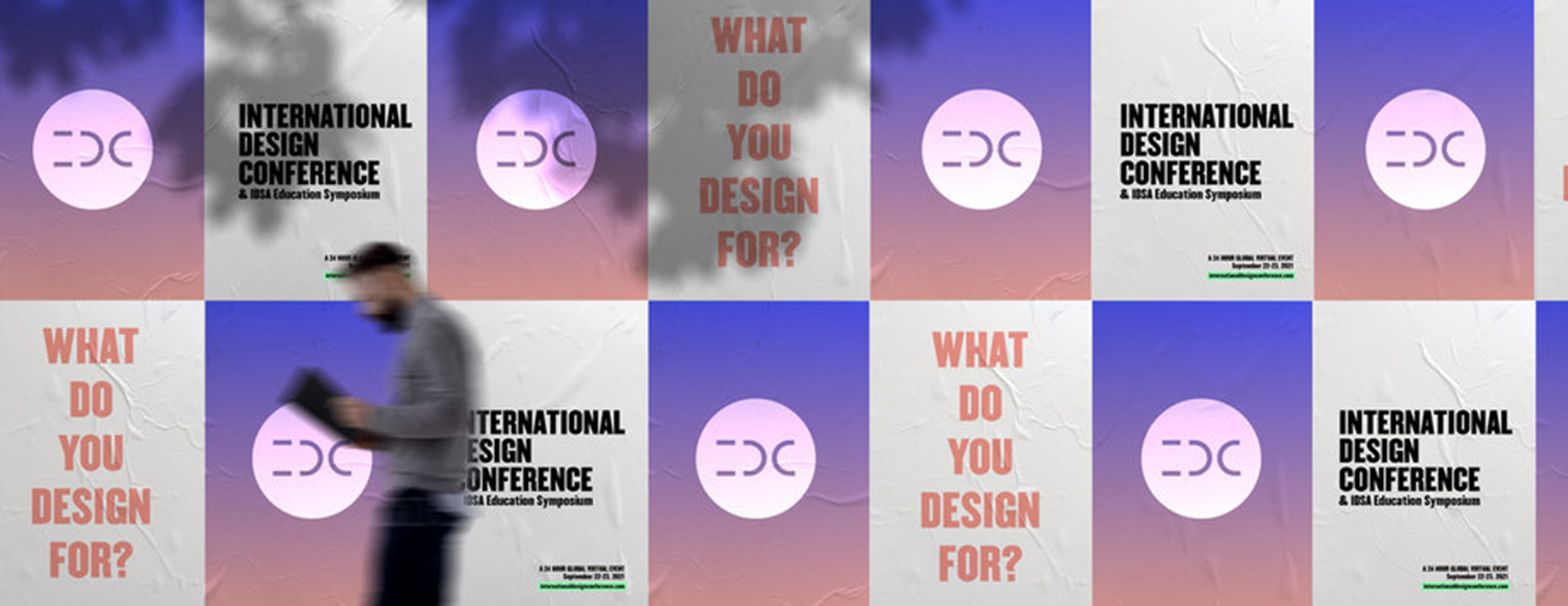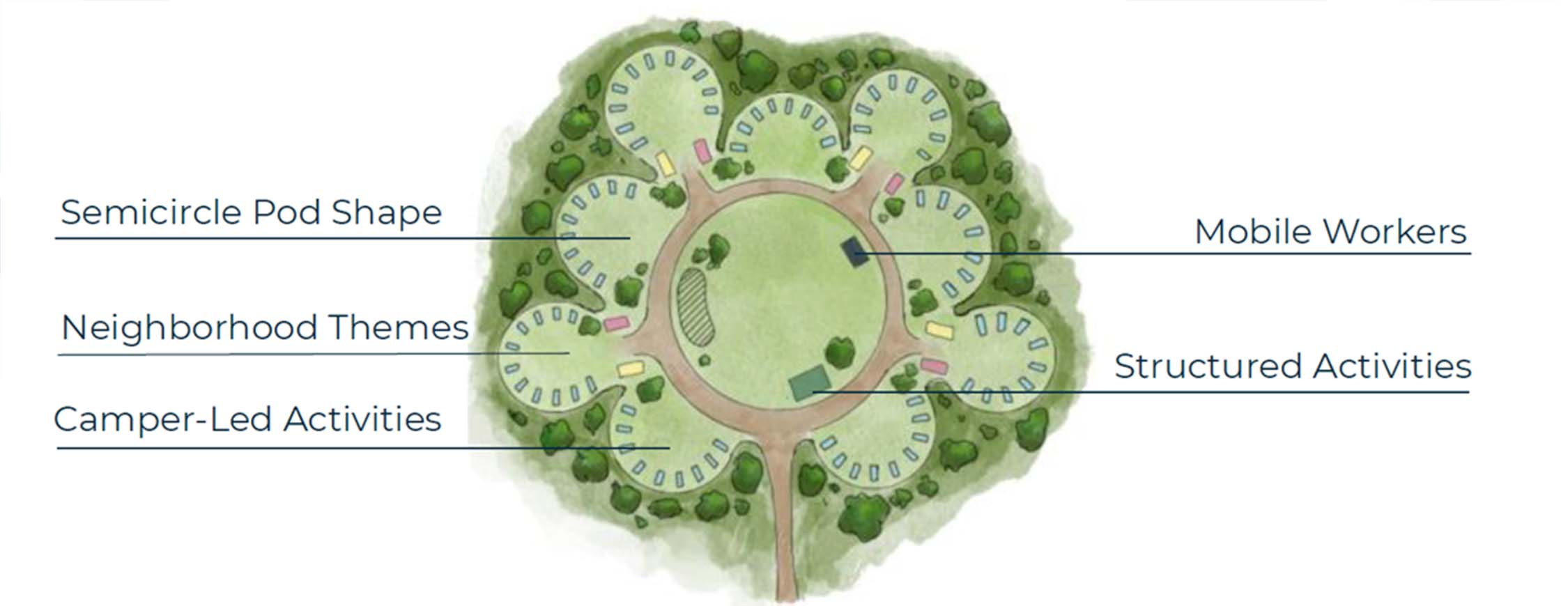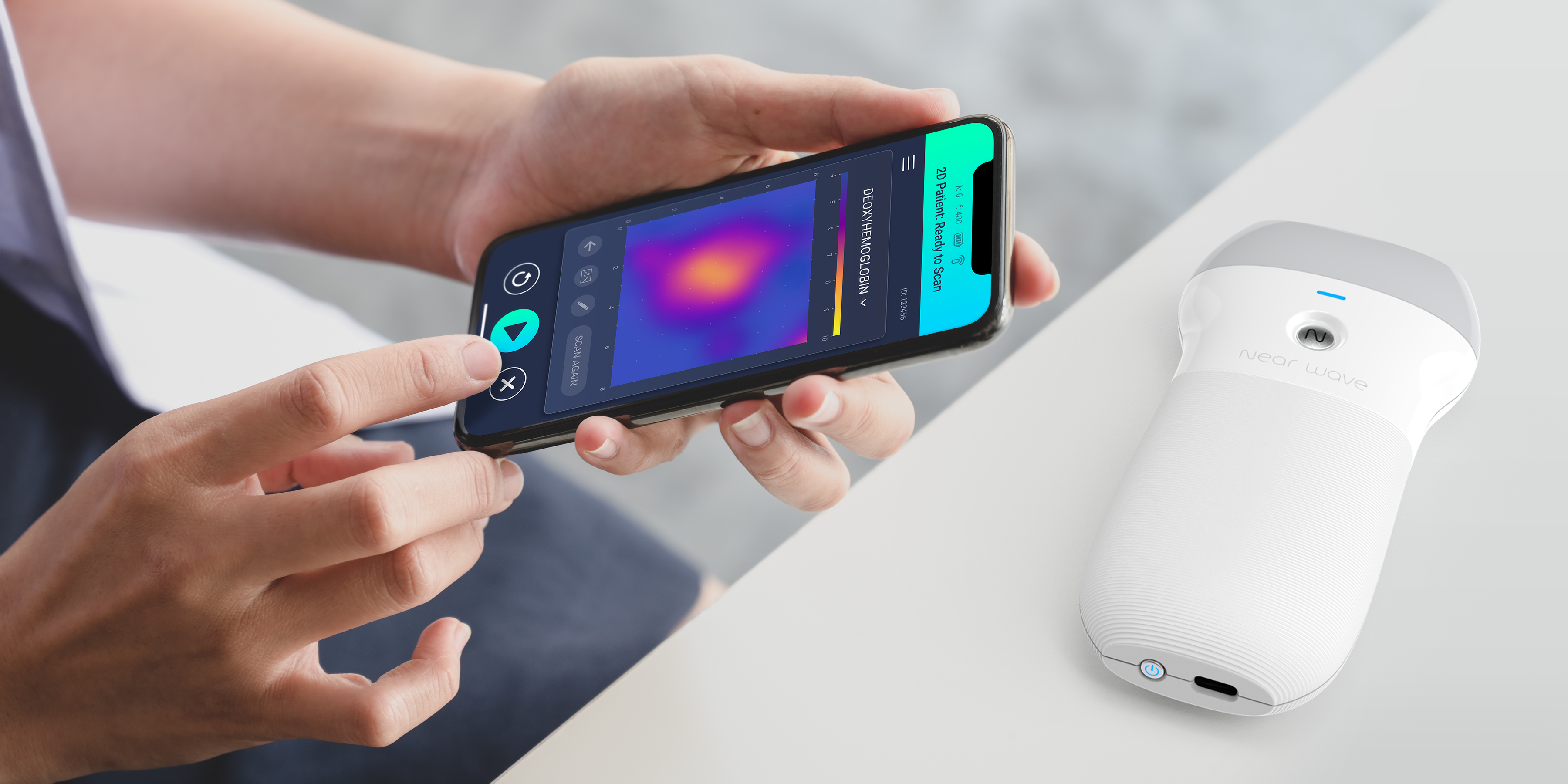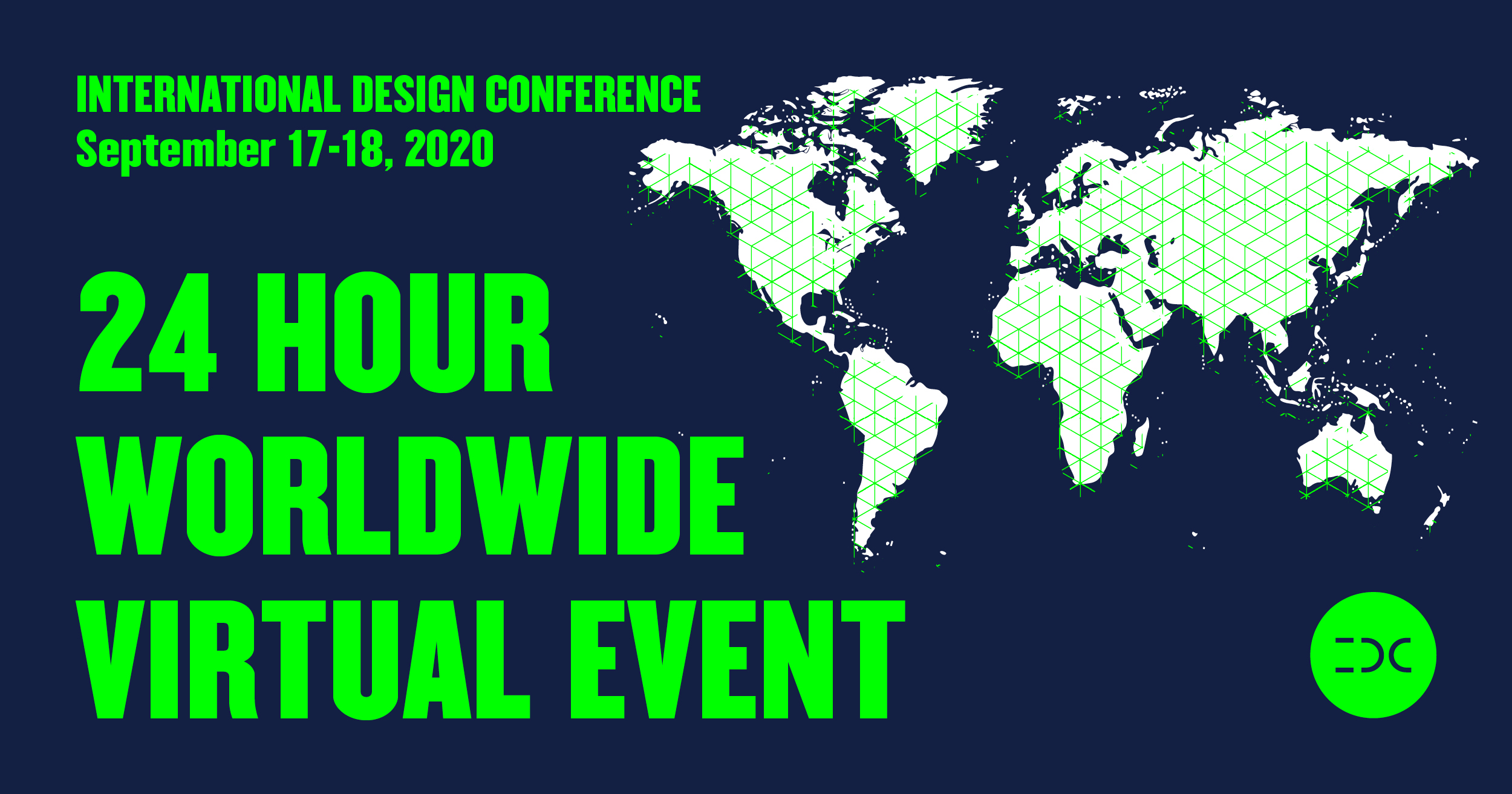Our collaboration with research scientists at the University of Notre Dame continues to push the boundaries of translational research, user experience, and design. We're proud to announce that our most recent work has been recognized for design excellence by three esteemed design competitions: Red Dot Design Awards, Core77 Design Awards, and most recently a Bronze IDEA at the 2024 IDSA International Design Conference. While we're both thrilled and proud of these accomplishments, we're even more excited to inform others about this exciting project.
About the OneAir Nanoscale Hazard Detection System
The symptoms of common health conditions, such as flu, Covid-19, and even environmental pollutants, are often strikingly similar, making it difficult to distinguish between the health hazards we experience. The OneAir Nanoscale Hazard Detection System provides a systems and modular approach to accurately identify and monitor healthcare hazards at both personal and population scale.
The system of modular and swappable sensors allows users the ability to detect a wide range of hazards, and enables users the ability update their device to respond to emerging healthcare emergencies without the need to purchase a new device. The sensors can be replaced with the most accurate and up-to-date sensor designs (combinations of nanoscale material depositions), because the system does not rely on embedded analysis – analysis takes place in the cloud.
The power of the OneAir system is its ability to collect and visualize anonymized population scale data for actionable insights – for individuals and communities. As new healthcare concerns emerge, the inherently modular system can adapt by providing up-to-date sensing matrices trained to detect specific VOC profiles at atom levels. The data is collected locally and the information is visualized globally, empowering individuals and communities to make informed decisions.
The OneAir product platform leverages groundbreaking nanoscale sensing technology currently in development at the University of Notre Dame. The system uses a novel array of nanoscale materials to detect airborne VOCs to distinguish the presence of hazardous biomarkers from environmental noise at high sensitivity and specificity.
